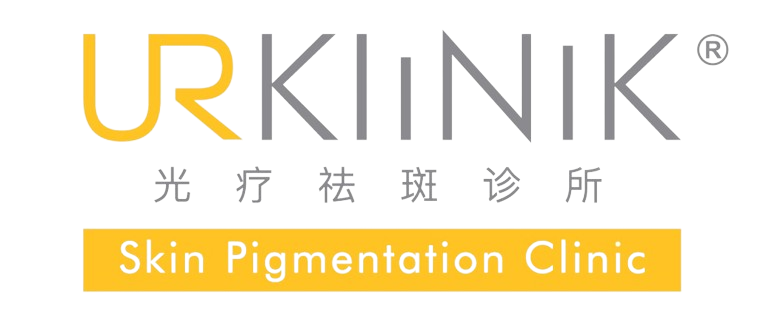
18 Apr High-Intensity Focused Ultrasound (HIFU) Treatment: The Future of Non-Invasive Skin Therapy in Malaysia
Introduction:
High-Intensity Focused Ultrasound (HIFU) treatment is an innovative, non-invasive therapeutic technique that has gained significant attention in recent years. It employs the power of ultrasound waves to target and destroy specific tissue structures without the need for surgery. With numerous potential applications in oncology, neurology, and urology, HIFU is paving the way for a new era in medicine where patients can receive effective treatment without the risks and complications associated with traditional surgical procedures.
How HIFU Works:
HIFU treatment uses high-intensity focused ultrasound waves to generate localized heat within the targeted tissue. The ultrasound energy is directed at a specific point within the body, causing the tissue to rapidly heat up and subsequently die. Surrounding tissues remain unaffected due to the precision and focus of the ultrasound waves. The dead tissue is then naturally absorbed and eliminated by the body over time.
Applications of HIFU:
- Oncology: HIFU has shown promise in the treatment of various types of cancer, including prostate, liver, breast, and pancreatic cancer. The focused ultrasound waves can target and destroy cancerous tumors without harming healthy tissue, reducing the need for more invasive treatments like surgery or radiation.
- Neurology: HIFU has been successfully used to treat essential tremor, a common neurological disorder that causes involuntary shaking. By targeting specific regions in the brain, HIFU can alleviate symptoms without the need for invasive brain surgery.
- Urology: HIFU is gaining popularity as a treatment for benign prostatic hyperplasia (BPH), a non-cancerous enlargement of the prostate gland. The procedure can effectively reduce the size of the prostate and alleviate symptoms, offering an alternative to traditional surgical methods.
Benefits of HIFU Treatment:
- Non-invasive: HIFU is a non-invasive procedure, meaning it does not require any incisions, sutures, or anesthesia. This significantly reduces the risk of infection, blood loss, and other complications associated with surgery.
- Minimal side effects: As HIFU targets only the specific area of concern, it minimizes the risk of damage to surrounding tissues, leading to fewer side effects and a faster recovery.
- Outpatient procedure: Most HIFU treatments can be performed on an outpatient basis, allowing patients to return home the same day.
- Reduced recovery time: Compared to traditional surgical procedures, HIFU treatment has a significantly shorter recovery time, enabling patients to resume their normal activities more quickly.
Challenges and Future Outlook:
While HIFU treatment has shown promising results, there are still challenges to overcome. The precision of the technology relies heavily on accurate imaging and targeting, which can be difficult in certain cases. Furthermore, HIFU is not yet universally recognized as a standard treatment option, limiting its availability and insurance coverage.
Nonetheless, ongoing research and technological advancements are expected to improve the accuracy and effectiveness of HIFU. As more clinical trials demonstrate its safety and efficacy, HIFU treatment is poised to become a standard non-invasive option for a variety of medical conditions, transforming the landscape of modern medicine.
Expanding the Scope of HIFU Treatment:
As researchers continue to explore the potential applications of HIFU, new treatment possibilities are emerging in various medical fields:
- Cardiology: HIFU is being investigated as a potential treatment for atrial fibrillation (AF), a common heart rhythm disorder. By targeting specific areas of the heart responsible for irregular electrical activity, HIFU may offer a less invasive alternative to current ablation techniques.
- Gynecology: HIFU has shown potential in the treatment of uterine fibroids, non-cancerous growths that can cause pain and heavy menstrual bleeding. The non-invasive nature of HIFU treatment can provide relief for women who wish to avoid surgery or preserve their fertility.
- Pain management: Researchers are exploring the use of HIFU for targeted pain relief, particularly in cases of chronic pain. By focusing ultrasound waves on specific nerves or pain receptors, HIFU may provide a non-invasive option for patients seeking relief from persistent pain.
- Cosmetic applications: HIFU is gaining popularity as a non-surgical method for skin tightening and body contouring. The focused ultrasound waves can stimulate collagen production, leading to firmer, more youthful-looking skin without the need for invasive cosmetic procedures.
The Future of HIFU Treatment:
As technology advances and clinical trials continue to validate the safety and effectiveness of HIFU, the range of its applications will likely expand. In the coming years, we can expect to see HIFU treatment becoming more accessible and integrated into standard medical practices.
To support the growth of HIFU, improvements in imaging and targeting technologies will be crucial. This will enable healthcare providers to offer more accurate, personalized treatments tailored to each patient’s specific needs. Additionally, increased awareness and education among both medical professionals and the public will be essential for HIFU to reach its full potential as a groundbreaking, non-invasive treatment option.
In conclusion, High-Intensity Focused Ultrasound (HIFU) treatment has the potential to revolutionize the way we approach various medical conditions. Its non-invasive nature, minimal side effects, and reduced recovery time make it an attractive alternative to traditional surgical methods. As research and technology continue to advance, HIFU is poised to become an increasingly important tool in the field of medicine, offering patients effective treatment options with fewer risks and complications.


